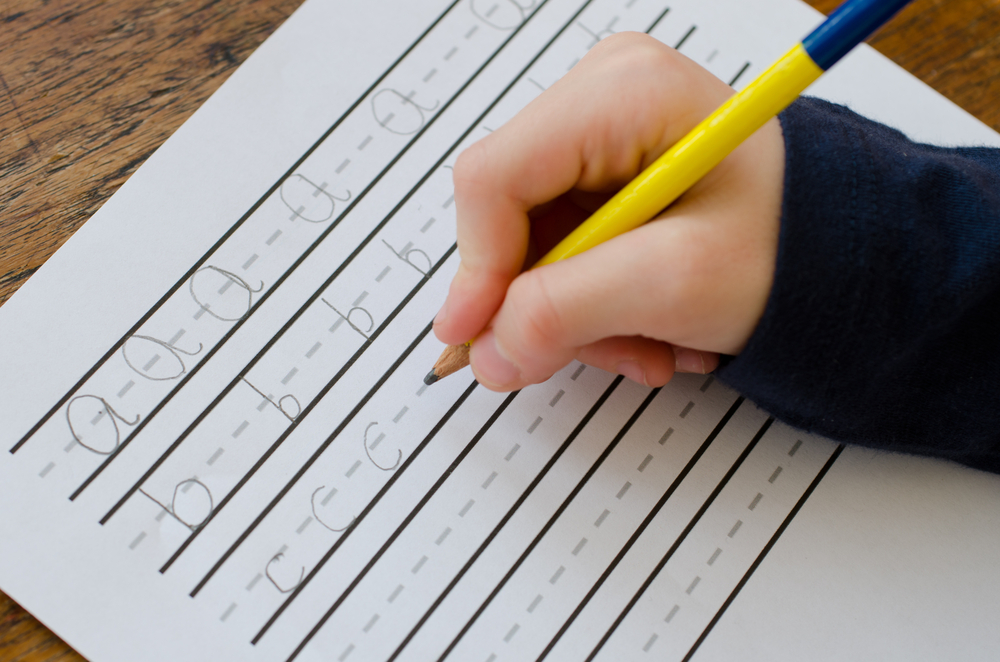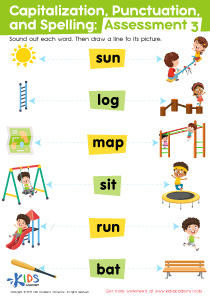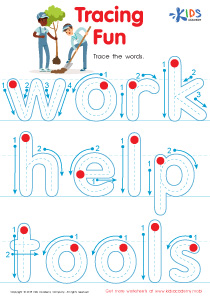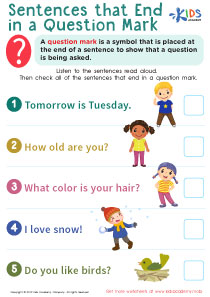Fine Motor Skills Cursive Writing Worksheets for Ages 8-9
9 filtered results
-
From - To
Enhance your child’s writing abilities with our 'Fine Motor Skills Cursive Writing Worksheets for Ages 8-9'. Designed by educational experts, these engaging exercises help improve hand-eye coordination and refine pencil control, which are essential for neat, legible cursive writing. Each worksheet offers a variety of tracing patterns and cursive strokes, ensuring kids practice consistency and fluidity. Suitable for children ages 8-9, these worksheets make learning cursive fun and rewarding. Perfect for classroom or home use, they provide a structured approach to developing indispensable fine motor skills, laying the foundational stone for academic success. Browse to get started today!
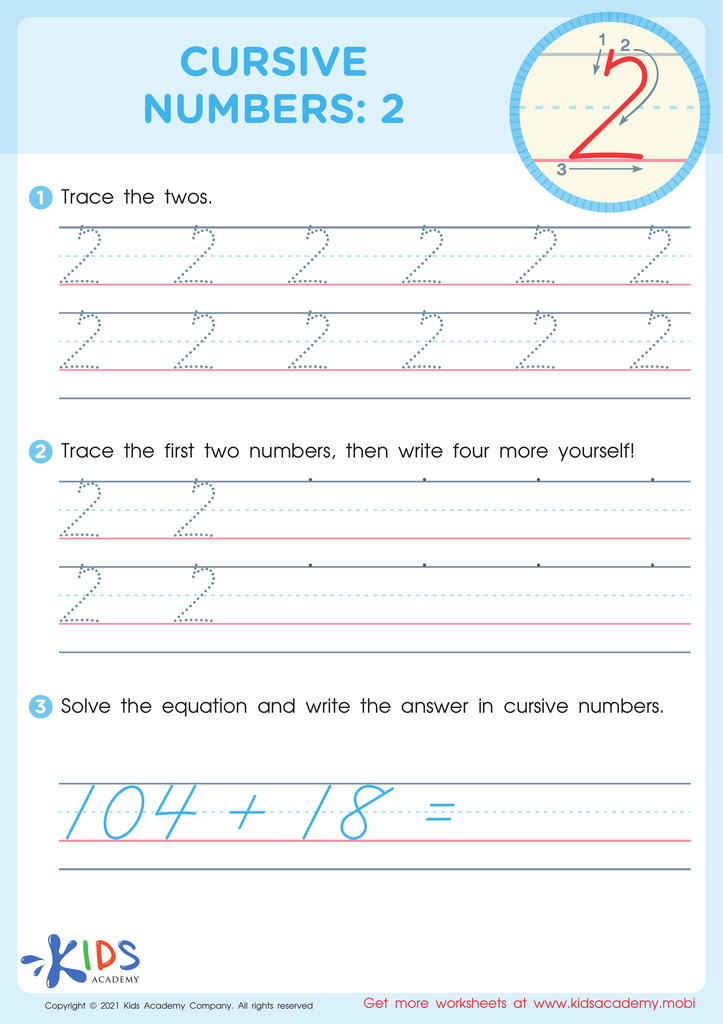

Cursive Numbers: 2 Worksheet
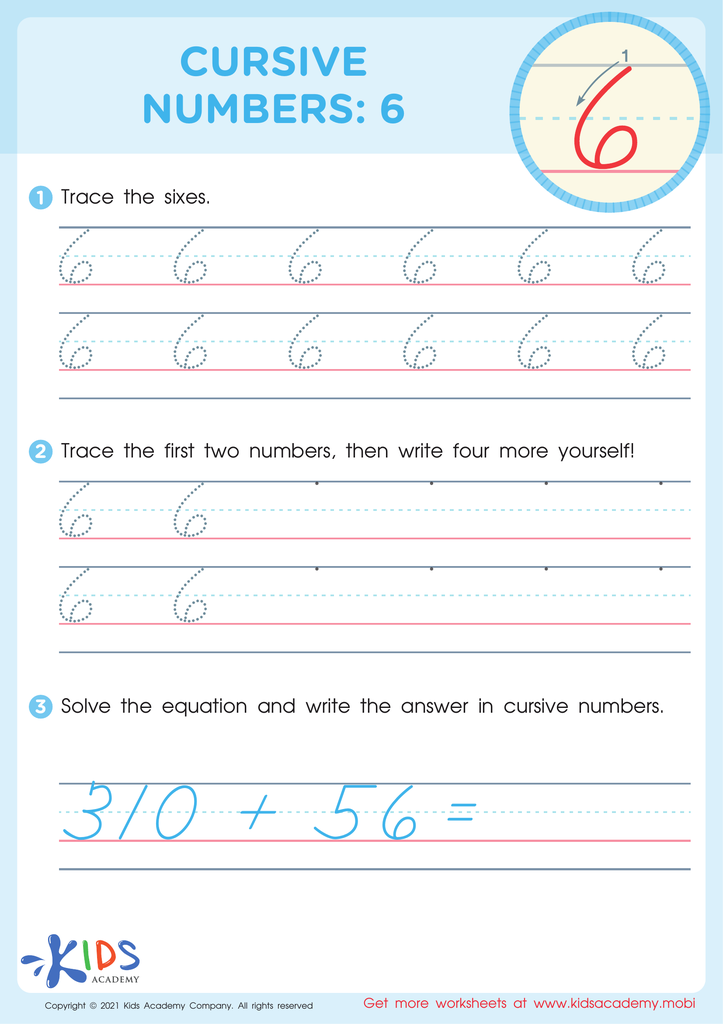

Cursive Numbers: 6 Worksheet
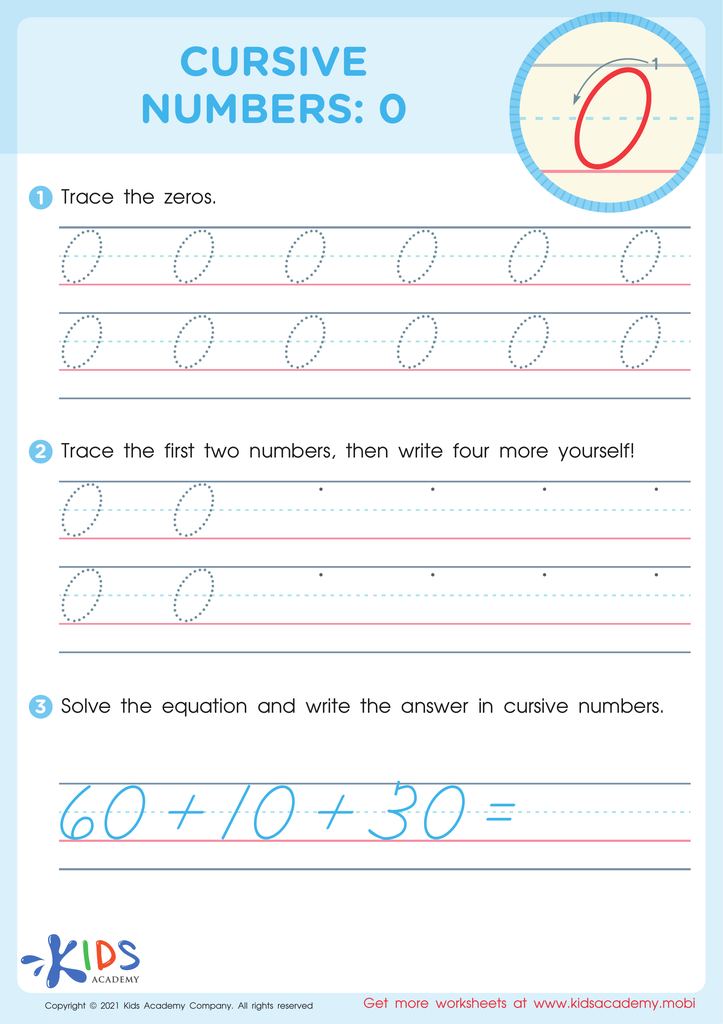

Cursive Numbers: 0 Worksheet
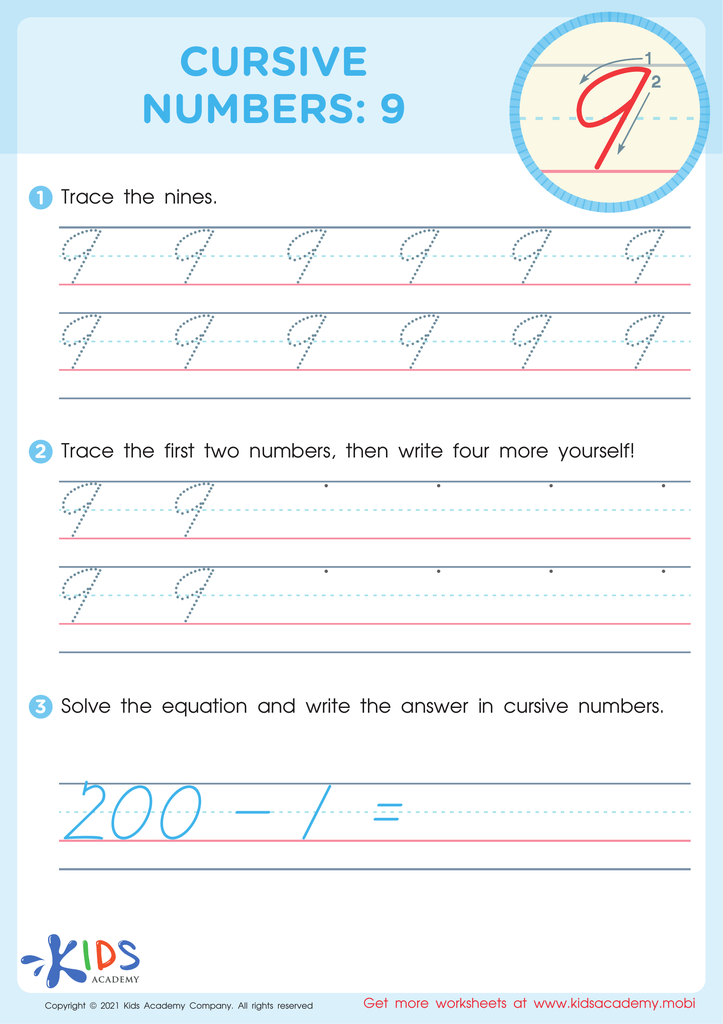

Cursive Numbers: 9 Worksheet
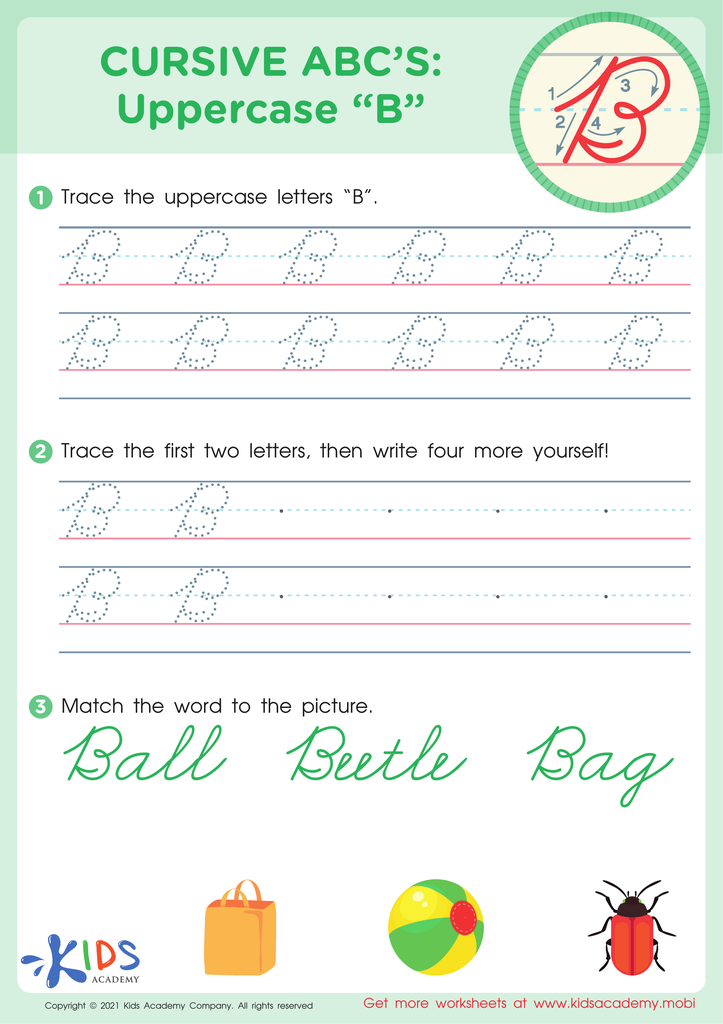

Cursive ABCs: Uppercase B
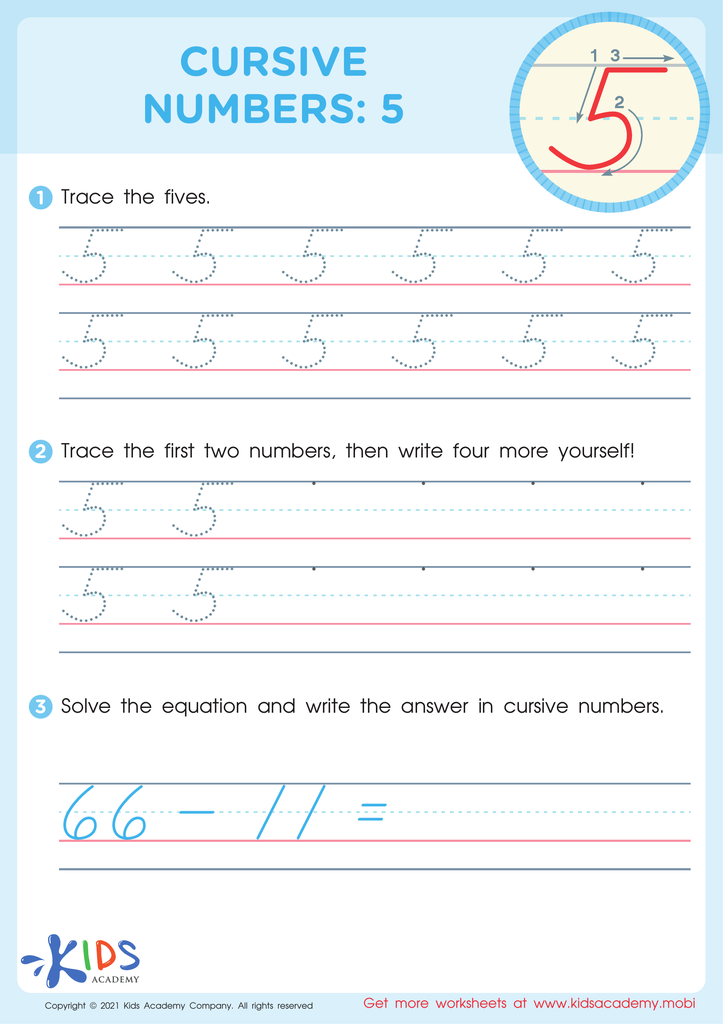

Cursive Numbers: 5 Worksheet
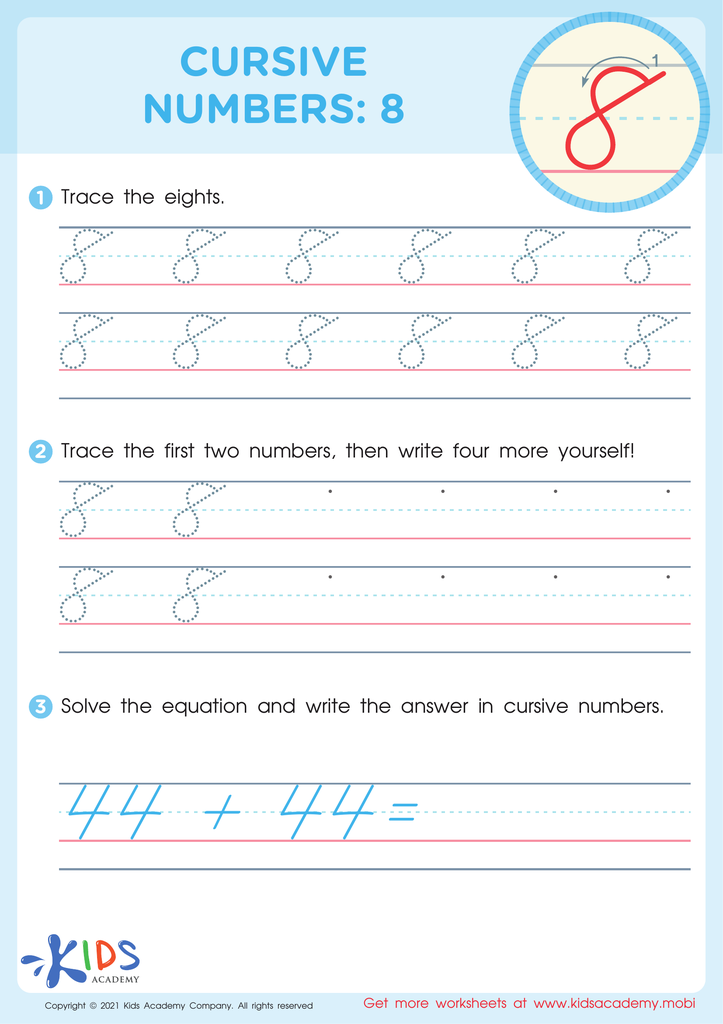

Cursive Numbers: 8 Worksheet
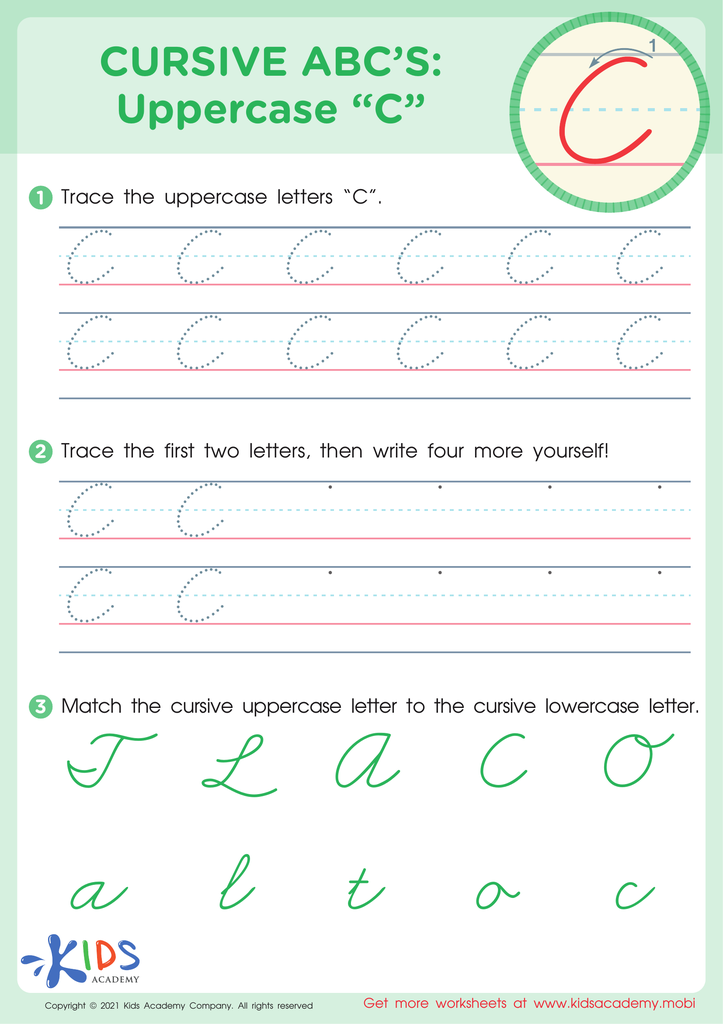

Cursive ABCs: Uppercase C
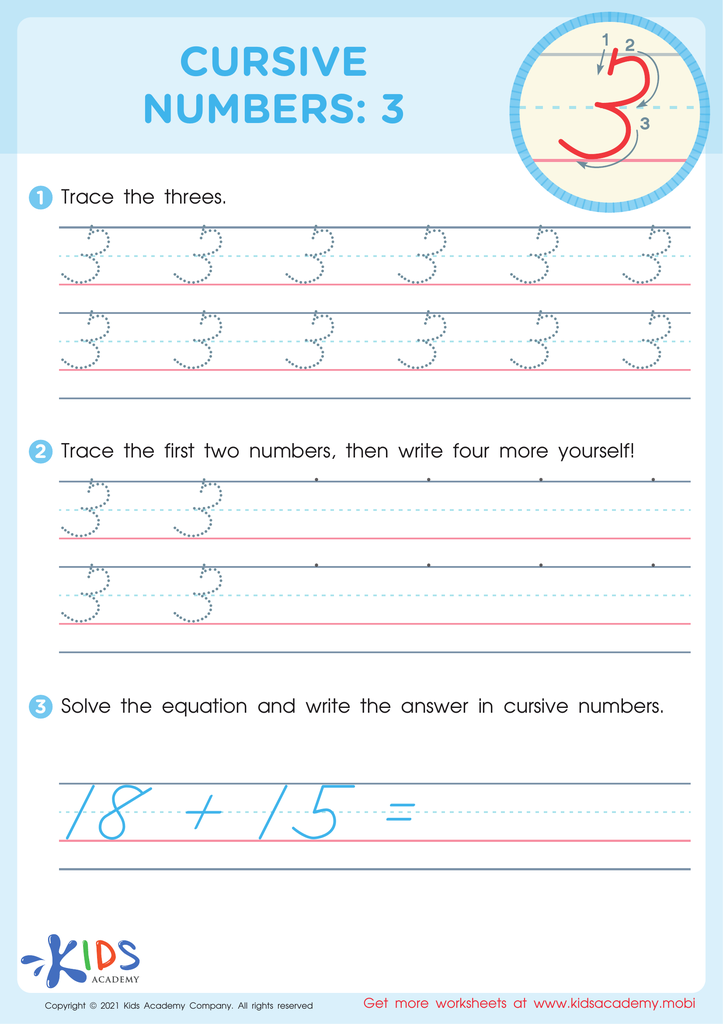

Cursive Numbers: 3 Worksheet
Developing fine motor skills, particularly through cursive writing, is crucial for children aged 8-9. At this developmental stage, enhancing fine motor skills benefits not just writing accuracy but also supports comprehensive hand-eye coordination and muscle control. Cursive writing demands a higher level of dexterous coordination than print writing, engaging the small muscles in fingers, hands, and wrists. This engagement significantly boosts a child's ability to perform complex tasks, like tying shoes, dressing independently, or handling tools and utensils confidently.
Moreover, practicing cursive writing fosters cognitive development and learning retention. This act activates brain areas associated with thinking, language, and working memory, providing a multi-sensory learning experience. The flowing, connected nature of cursive writing helps children more easily learn word patterns and improve spelling due to the continuous motion of their hand.
Beyond motor skills and cognitive perks, cursive writing encourages academic and personal diligence. The neat, continuous strokes of cursive demand focus and cleaner penmanship, instilling a sense of discipline and pride in one's work. Consequently, this is not just an academic talent but a lifelong skill benefiting overall academic achievement and personal confidence.
In summary, parents and teachers should prioritize fine motor skills development—incorporating cursive writing—as it lays a foundational role in a child's holistic growth.






